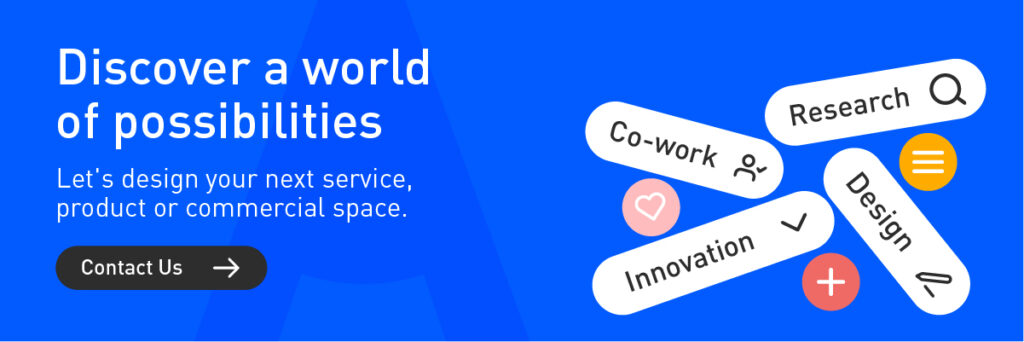Industrial design is a discipline that shapes the products we use in our daily lives, from the simplest to the most complex. Its goal is not only to create aesthetically pleasing products, but also to solve functional problems and adapt to user needs.
Industrial design is key to creating innovative solutions that not only impact functionality but also improve the user experience and optimize processes. Through this approach, industrial designers transform the interaction between products and people, generating a tangible impact on everyday life.
Key example: The Renault 4 as an Icon of Industrial Design in Colombia
Let’s imagine the Renault 4. It wasn’t the most luxurious or fastest car, but it became an icon in Colombia. Why? Because it was incredibly functional. Durable, economical, spacious, perfect for Colombian roads and the families of its time. The Renault 4 wasn’t just a means of transportation; it was an ingenious solution to the needs of the time.
And therein lies the magic of Industrial Design: creating functional and attractive solutions that connect with people and transform the way we live and consume. At Blaster Design, we apply this same philosophy: we design products that aren’t just beautiful, but that solve real problems and conquer the market.

Image of the Renault 4 upon its arrival in Colombia. Courtesy of El Carro Colombiano
What Does Industrial Design Do? Function, Form, and Experience
Beyond aesthetics, Industrial Design is the discipline that shapes the products we use every day, from a simple pencil to a complex industrial machine. Like the Renault 4, good industrial design focuses on functionality. It involves thinking about how the user will interact with the product, how it will meet their needs, how it will improve their lives.
Imagine the engineers and designers who created the Renault 4. They didn’t just think about “drawing a pretty car.” They focused on:
- Practical Functionality: A car that could carry people and cargo, was easy to maintain, and consumed little fuel.
- Environmental Adaptability: Designed for Colombia’s roads and highways, it was durable and capable of handling different terrains.
- Intelligent Simplicity: A simple yet ingenious design that facilitated production and reduced costs, making it accessible to more people.
Industrial Design, like the spirit of the Renault 4, seeks intelligent functionality above all else, creating products that are true solutions. At Blaster Design, we start from this same foundation to address the challenges of Industrial Design: understanding user needs and designing products that truly work.

What is the impact of industrial design on innovation?
Innovation isn’t just about inventing something “new,” but about improving what already exists and creating solutions that truly make a difference. Industrial Design is the key tool for achieving this innovation, combining functionality with aesthetic appeal.
Good industrial design goes beyond simply “making it work.” It seeks to cover multiple aspects:
- Functionality: Products that not only fulfill their basic function, but also do so efficiently, intuitively, and pleasantly.
- Appealing and Relevant Aesthetics: Designs that are visually appealing, communicate the product’s value proposition, and connect emotionally with the user. Aesthetics are not an embellishment, but an integral part of the product experience.
- User Experience: From the first contact with the product to its daily use, industrial design seeks to create a positive and fluid experience.
Consider how smartphone design transformed the communications, photography, entertainment, and many other industries. A well-thought-out design that combined touch functionality, connectivity, and an intuitive interface revolutionized the world.
At Blaster, for example, the Digital Crafts project is an excellent example of how industrial design can transform industries. By combining artisanal knowledge of a raw material like concrete with an emerging digital technology like 3D printing, we can explore new ways to create products that:
- They capture the richness of the material, the process, and its finishes.
- Incorporate new technologies to improve processes, creating new shapes and functionalities.
- Open up new opportunities for unique and competitive products in the market.
This project demonstrates how Industrial Design can be a catalyst for innovation and industrial transformation, generating value not only for companies but also for society and culture.


Designs of the Artisan Craft Project. Design By Blaster Design.
Real-World Applications of Industrial Design
Industrial design has applications in a wide variety of sectors. From the products we use every day to the most complex technological advances, industrial design is present in everything:
- Efficient appliances: Innovation in the design of devices such as refrigerators and washing machines has transformed the daily lives of millions of people.
- Functional furniture: Industrial design also influences furniture, optimizing the use of space and user ergonomics.
- Consumer technology: Products such as smartphones, laptops, and audio devices are characterized by industrial design, which seeks the best combination of technology, aesthetics, and functionality.
Industrial design is not just about enhancing aesthetic appeal; it’s a way to generate complete, functional, and sustainable solutions.
¿Cómo puede el diseño industrial transformar tu negocio?
Just as the Renault 4 became a symbol of functionality and ingenuity in Colombia, well-applied Industrial Design can turn your products into icons of innovation and success.
At Blaster Design, we combine a passion for design, technical knowledge, and a deep understanding of the Colombian market to help you create products that not only sell, but also leave a positive impact.
Discover how Industrial Design boosts your product. Write to us and let’s talk about your project.